Amid mounting expenses and changing current events, overseas travel among affluent Americans is expected to increase over the next year, according to new MMGY Travel Insights gained. The firm officially reported the findings of its Portrait of American International TravelersTM survey, which was conducted in partnership with the United States Tour Operators Association (USTOA).
The thorough nationwide poll, which analyzed data from over 2,000 respondents, discovered that high-income, outbound U.S. visitors expect to take an average of 3.8 overseas holidays in the coming 12 months, up 72% from 2.2 in 2019. Furthermore, the average outbound tourist expects to spend $15,364 on overseas vacations in the next year, a 16% rise above pre-pandemic expenditure projections.
“It’s clear that there is a willingness and growing appetite to travel internationally, but the important thing for marketers to note is that the American traveler looks and acts quite differently than they did before COVID-19,” said MMGY Travel Intelligence Europe Managing Director Cees Bosselaar. “As international tourism ramps back up, destinations should continue to be mindful of the new concerns and challenges that today’s travelers face throughout the course of their journeys.”
Survey Findings:
Although overall interest in overseas travel has increased, the number of places that U.S. tourists prefer to visit has decreased compared to pre-pandemic levels, indicating that passengers have become more discriminating in their acquiring selections. The top four locations mentioned by US tourists as places they desire to visit are Europe, the South Pacific, the Caribbean, and Canada.
The survey also found an increase in interest in visiting less-crowded areas and those with a variety of outdoor activities, indicating a shift in travel trends.
In terms of generational contrasts, the survey discovered that American Millennials want to take more overseas trips than Boomers (5.7 vs. 1.5 in the next 12 months), even though Boomers expect to spend twice as much on each trip ($7,725 vs. $3,564).
Travel inconveniences, such as airline cancellations or delays, are the #1 fear for Americans going abroad. Concerns about travel interruptions were expressed equally across all generations, however, inflation and COVID-19 appear to have a greater influence on younger passengers. Personal safety in terms of violence and disturbance, as well as environmental standards, round out the top topics of anxiety for tourists.

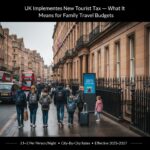
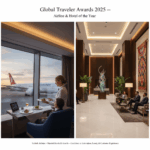
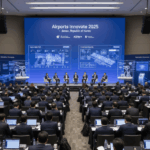
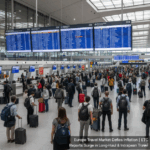



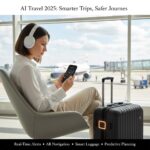
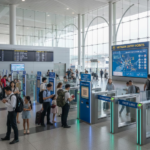

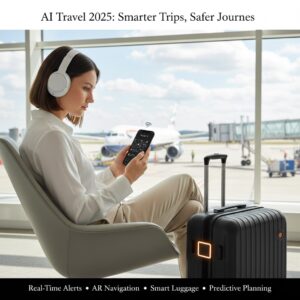


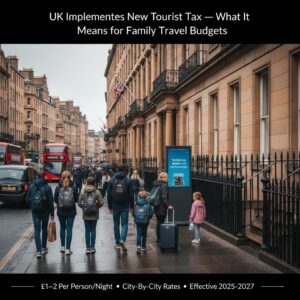
More Stories
Vietnam Expands E-Visa to 83 Checkpoints 41 New Airports, Land Borders & Seaports Unlock Tourism Boom
United Kingdom Introduces New Nightly Tourist Tax A Budget Wake-Up Call for Family Holidays
U.S. National Parks Launch Dual Pricing System: Affordable Access for Americans, Higher Fees for Overseas Visitors to Fund Maintenance